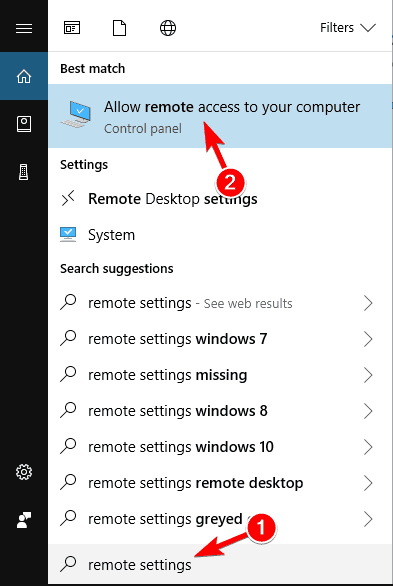
If there are lot of records in the DNS zone, you can use the View > Filter menu to quickly find the DNS records you need. If you a member of the DNS admins domain security group, you can check the DNS records using the DNS manager mmc snap-in (dnsmgmt.msc).Ĭonnect to a DNS server (usually it is a closes domain controller), expand the DNS zone, and find the A or CNAME record of your RDP host. You need to check the entries on it or report the problem to the DNS administrator. If the problem is resolved, it means that your DNS server is misconfigured. Just replace the values in the script with the IP addresses and FQDN names of your RDP hosts or RDS servers: off You can use the following batch script to add new entries to your host file. You need to add a string to a hosts file in the following format: 10.1.2.70

If there are no entries for your RDP server in the file, you can try to add them manually (this way you can bypass the wrong records your DNS server returns). If the Nslookup command still returns an invalid entry, open the local hosts file with the command: Notepad C:\Windows\System32\drivers\etc\hosts Or just reset your Windows Firewall settings to default state. If you are using Windows Defender Firewall with Advanced Security, you can add the firewall rules to accept any inbound traffic on port 53 (both UDP and TCP). If the above advice didn’t help, please make sure that the outbound DNS client traffic is allowed in your firewall. In the last case, you can refresh your IP settings using the ipconfig command: Ipconfig /release If the DNS server settings are assigned automatically by the DHCP server ( Windows Server DHCP or Cisco DHCP server), make sure they match your infrastructure.

If you have assigned the DNS server addresses manually, check with your network administrator that they are correct. You can get local DNS server addresses using the following PowerShell command: Get-DnsClientServerAddress | Select-Object –ExpandProperty ServerAddresses If the nslookup command returns a “DNS request timed out” error, it means that your DNS server is not available (offline, blocked by a firewall) or the wrong DNS server is specified in your network card settings.Ĭheck the preferred and alternate DNS server IP addresses specified in the network connection settings. If the command returned an incorrect entry, try to flush DNS cache (ipconfig/flushdns) on the client and try to resolve RDP hostname again.


 0 kommentar(er)
0 kommentar(er)
